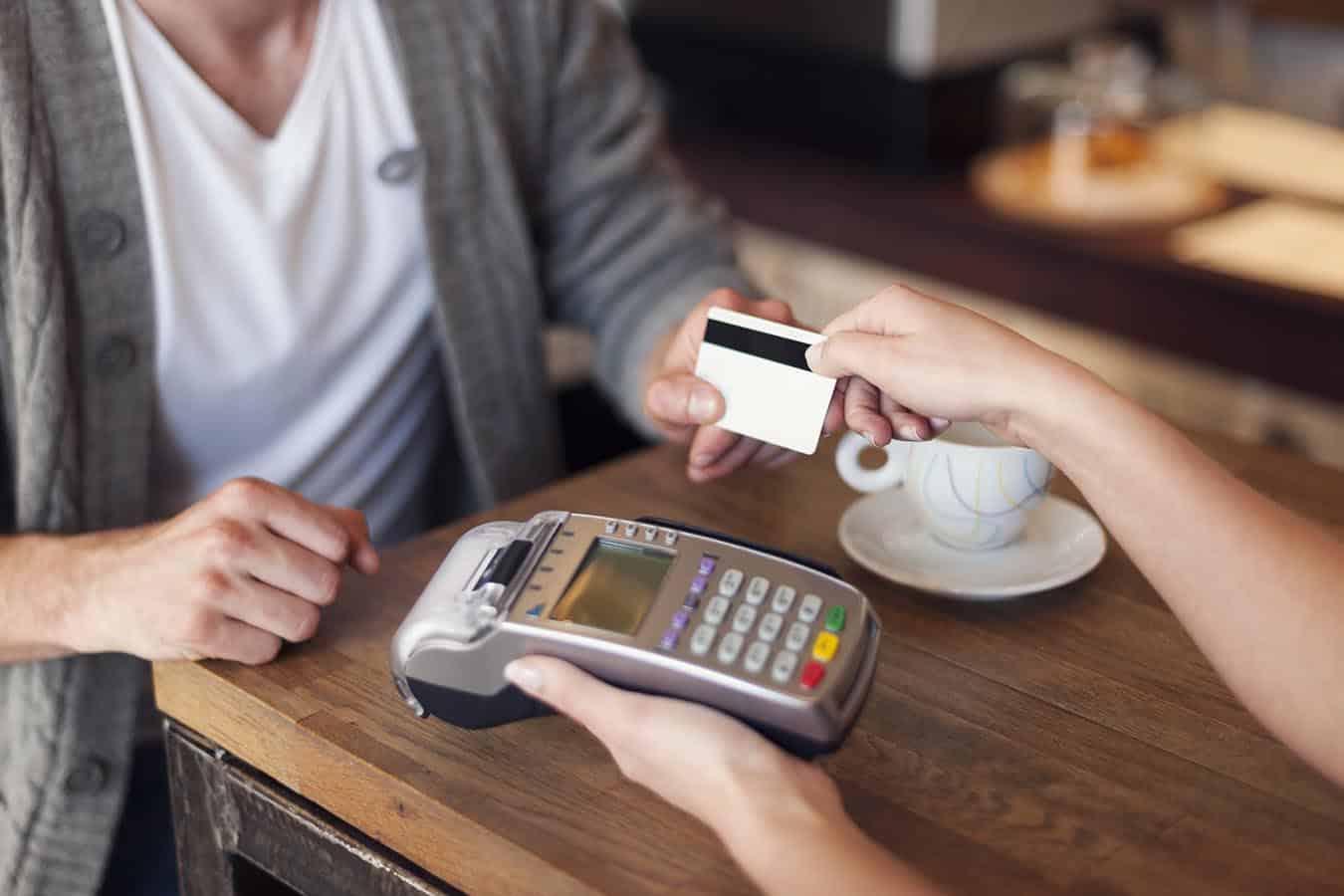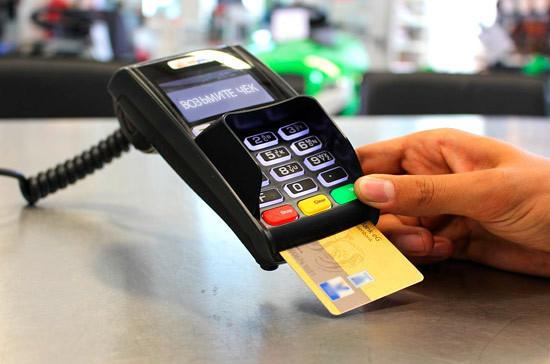- This is exactly what I was looking for, how much is it?
- 40 manats, Miss.
- Oh, I don't have that much cash, could you put it aside? I'll quickly find an ATM and...
- No need to look for anything, we have a wifi POS terminal, give me your card...
I have recently witnessed this dialogue in a small shop... in an underground passage not far from Fuzuli Park in Baku. I confess that even two years ago no one could have imagined that even in such small shops in Baku it would be possible to easily pay for goods with a bank card. The Azerbaijani government has invested a lot of efforts to promote non-cash payments - it introduced administrative measures, transferred the payment of salaries, pensions, etc. to cards, encouraged people with benefits, lotteries, etc. However, the process didn’t go as fast as we would like, although the banking community was actively improving their mobile banking applications, issuing cards with a credit line, cash-back capabilities, collecting miles, and so on.
But as they say, if it wasn’t for bad luck, we would have no luck at all – the COVID pandemic burst out and quarantine measures followed. On the one hand, there was an active talk among the population (not without reason) that the COVID-19 virus can live on the surface of banknotes, therefore, it is better to avoid touching them where possible. On the other hand, during severe restrictions, people clearly, so to speak, realized the convenience of online orders and, accordingly, online payments. Fortunately, there is virtually not a single product or service left in Azerbaijan that couldn’t be paid by the non-cash method.

Record statistics
This resulted in record statistics. In 2020 in Azerbaijan, compared to 2019, the total number of transactions processed through the interbank card center increased 2.4 times, and the cost twice, in US dollars - by 42 percent, in euros - by 4 percent. The number of contactless transactions increased 4.3 times, the volume of transactions - 5.4 times, and the number of transactions in e-commerce increased by 55 percent, and the cost - by 22 percent.
As the chairman of the Azerbaijan Banks Association (ABA) Zakir Nuriyev said recently, the number of non-cash transactions with payment cards in Azerbaijan in 2020 amounted to about 118 million. The share of these transactions in the total number was 58.3 percent. That is, in this way, for the first time, the number of non-cash transactions with payment cards exceeded the number of cash transactions.
К слову, аналогичная ситуация наблюдается и в других странах постсоветского пространства, где развитию безналичных и бесконтактных платежей в последние годы уделялось много внимания. Например, эксперты Boston Consulting Group (BCG) характеризовали скорость отказа от наличных в России как «русское чудо». По данным BCG, в период пандемии Россия вошла в мировой топ-5 по темпам отказа населения от наличных в пользу безналичных платежей. Чистое изменение потребительских платежей наличными (доля потребителей, более активно использовавших наличные в пандемию, минус процентная доля потребителей, которые стали менее активно использовать наличные) в России составило минус 48%, оценили в BCG. Ее опережают только Великобритания (минус 62%), Канада (минус 59%) и Австралия (минус 53%). Четвертую позицию вместе с Россией делит Румыния, а на пятом месте — Нидерланды (минус 47%).
In 2020, the volume of customer transfers from current accounts via electronic banking, as well as the volume of non-cash transactions on payment cards within Azerbaijan reached a historical maximum.
“Our global research shows that since the pandemic began, consumers have favored contactless payments as a safer and faster way of payment, among other things, in an effort to minimize physical contact. As a result, today six out of ten transactions in Azerbaijan are already made using contactless payment tools,” said Cristina Doros, Visa Country Manager for the Caucasus region.
By the way, a similar situation is observed in other post-Soviet countries, where much attention has been paid to the development of non-cash and contactless payments in recent years. For example, experts from the Boston Consulting Group (BCG) characterized the speed of abandoning cash in Russia as a "Russian miracle." According to BCG, during the pandemic, Russia entered the world's top five in terms of the pace of the population’s refusal from cash in favor of non-cash payments. The net change in consumer cash payments (the share of consumers who used cash more actively during the pandemic, minus the percentage of consumers who became less active in using cash) in Russia was minus 48 percent, BCG estimated. Only the UK (minus 62 percent), Canada (minus 59 percent) and Australia (minus 53 percent) are ahead of Russia. The fourth position is shared with Russia by Romania, and the fifth is the Netherlands (minus 47 percent).
Also, in Kazakhstan, the volume of non-cash payments in 2020 increased 2.6 times, the share of non-cash transactions increased from 45.5 percent to 67.4 percent, and the number of credit cards in circulation doubled.
Overall, according to a study by the International Monetary Fund, it was during the pandemic that the number of people using digital payment instruments increased by 21 percent compared to the previous year.
Maintaining the pace
At the same time, according to surveys of expert groups, almost half of consumers (49 percent) say that non-contact payment is one of the most effective measures for safe shopping that offline retail outlets can offer their customers. At the same time, 65 percent of consumers note that they will give preference to contactless payments even in the post-COVID period, and only 16 percent may return to their usual forms of payments.

So, no matter how quarantine harms the global economy as a whole, it has opened up new opportunities for the market of non-cash payments and digital banking. Now financiers and bankers need to maintain the pace of development in the post-pandemic period.
However, head of Azerbaijan's Banks Association Zakir Nuriyev assures that it is the development of the digital payment ecosystem and the support for the expansion of the use of digital payment technologies that are among Azerbaijan’s main strategic goals for 2021-2025.
He said that in this direction, it is planned to create several digital platforms and deepen ties among them, it is also necessary to develop a product base of banking services with the ability to order and manage online.
Executive Director of the Azerbaijani Central Bank Farid Osmanov noted that the banking community should continue to work on increasing access to financial services and expanding financial intensity. Banking services should be equally digitalized not only in the capital, but also in the regions. For these purposes, measures to improve the financial literacy of the population are still relevant.
The positive role of digitalization of payments for the Azerbaijani economy is obvious: as Alim Guliyev, First Deputy Governor of the Central Bank, rightly pointed out earlier. There is a direct link between the development of cashless payments and the shadow economy: the higher the development of the non-cash payments, the less business remains in the shadows. This is one of the significant reasons that, despite the quarantine and the difficulties associated with it, in the first quarter of this year, the forecast for tax revenues to the state budget of Azerbaijan was fulfilled by 121.1 percent, with most of the additional revenues coming from the non-oil sector.
In other words, by keeping the progress on digitalization of payments, the Azerbaijani government will be able to accelerate the pace of “whitening” the economy and, thus, achieve a reflection of the real volume of the country’s non-oil sector in official statistics.


 https://static.report.az/photo/a34e2676-6339-3e86-bae4-742f03276c6d.png
https://static.report.az/photo/a34e2676-6339-3e86-bae4-742f03276c6d.png

